A wave of online buzz has swept across the United States in recent months, with millions wondering if a $2,000 fourth stimulus check will be distributed in 2025. This hope springs from viral social media posts, blog articles, and mounting public curiosity, but the reality is different.
Latest Updates on Stimulus Checks
As of August 2025, the U.S. Treasury Department and the Internal Revenue Service (IRS) have not announced a fourth $2,000 stimulus check for all Americans. Speculation about a new round of pandemic-era direct payments has been fueled by misinformation and wishful thinking. The official stance from federal agencies and congressional leaders remains clear—there is currently no legislation or approved plan for a new $2,000 stimulus payout.
What is happening, however, is the final phase of pandemic relief payments. The IRS is wrapping up automatic distributions of unclaimed $1,400 stimulus checks (from the third round in 2021) to roughly 1 million qualifying taxpayers who missed claiming the Recovery Rebate Credit on their 2021 tax returns. These payments are based solely on the American Rescue Plan eligibility and conclude in 2025, with no new federal relief bill passed.
Meanwhile, several states are offering local relief programs in the form of rebates and inflation assistance payments. These are determined by individual state legislatures and may differ considerably, but they do not amount to a universal fourth stimulus check from the federal government.
Rumors vs. Reality
Many online sources have amplified the idea of $2,000 checks arriving in July or August 2025, potentially triggered by economic hardship or political considerations. Some claimed single filers earning under $75,000 or couples below $150,000 would receive payments, with dependents increasing the total amount. Others cited potential late 2025 or early 2026 deposit timelines.
Despite this speculation, no official guidance has been published by the IRS, Treasury, or Congress regarding a fourth stimulus payment. The latest IRS bulletins focus mainly on tax deadlines, security, and ongoing monthly benefits (like Social Security, SSDI, SNAP, and veteran’s programs), not one-time universal direct relief.
The so-called “DOGE dividend,” referenced in political discussions, is a separate proposal unrelated to direct stimulus payments. It would apply only if federal savings reach $2 trillion—a scenario that is entirely hypothetical and not in motion for 2025.
How the Current IRS Relief Works
Americans eligible for the pandemic-era payments must have a valid Social Security number and have filed their 2021 tax returns before April 15, 2025. The IRS is sending notices via mail and direct deposit, and those who miss the deadline cannot appeal or make exceptions, as unclaimed stimulus funds are returned to the Treasury.
Federal relief eligibility for previous payments typically followed these parameters:
| Filing Status | Income Limit | Payment Amount |
|---|---|---|
| Single Filer | up to $75,000 | $1,400 (third round) |
| Married, Joint Filing | up to $150,000 | $2,800 (third round) |
| Head of Household | up to $112,500 | $1,400 (third round) |
| Per Additional Dependent | N/A | $1,400 (third round) |
Eligibility Summary and Deposit Details
For those seeking clarity on the actual facts, here are the crucial points:
-
The federal government has no plan for a fourth $2,000 stimulus check at present.
-
Rumors of July-August 2025 deposits for a new payout are false.
-
The IRS is concluding payments of up to $1,400 for unclaimed credits from 2021, not launching new relief.
-
State-based stimulus, rebate, and assistance programs may exist but vary by location and eligibility.
-
Existing federal programs like Social Security and SNAP are continuing regular monthly payments, not issuing one-time checks.
Key Takeaways (Listicle)
-
There is no official $2,000 fourth stimulus check for everyone in 2025.
-
The latest confirmed IRS payment is $1,390 per eligible person, wrapping up pandemic relief disbursements.
-
Eligibility includes individuals earning under $75,000, couples under $150,000, and heads of household under $112,500 based on 2021 returns.
-
Deposit methods include direct deposit, paper checks, and EIP debit cards, similar to previous rounds.
-
State programs may offer additional aid, but amounts and criteria differ widely.
-
Deadline to claim past pandemic stimulus payments was April 15, 2025, for the third round.
-
Any new stimulus proposal would require congressional approval and an official IRS announcement.
In summary, while the rumor mill continues to churn, American households should not expect a $2,000 fourth stimulus check this year. The only official payments in circulation are the final pandemic-era credits and ongoing monthly benefits for those who qualify.

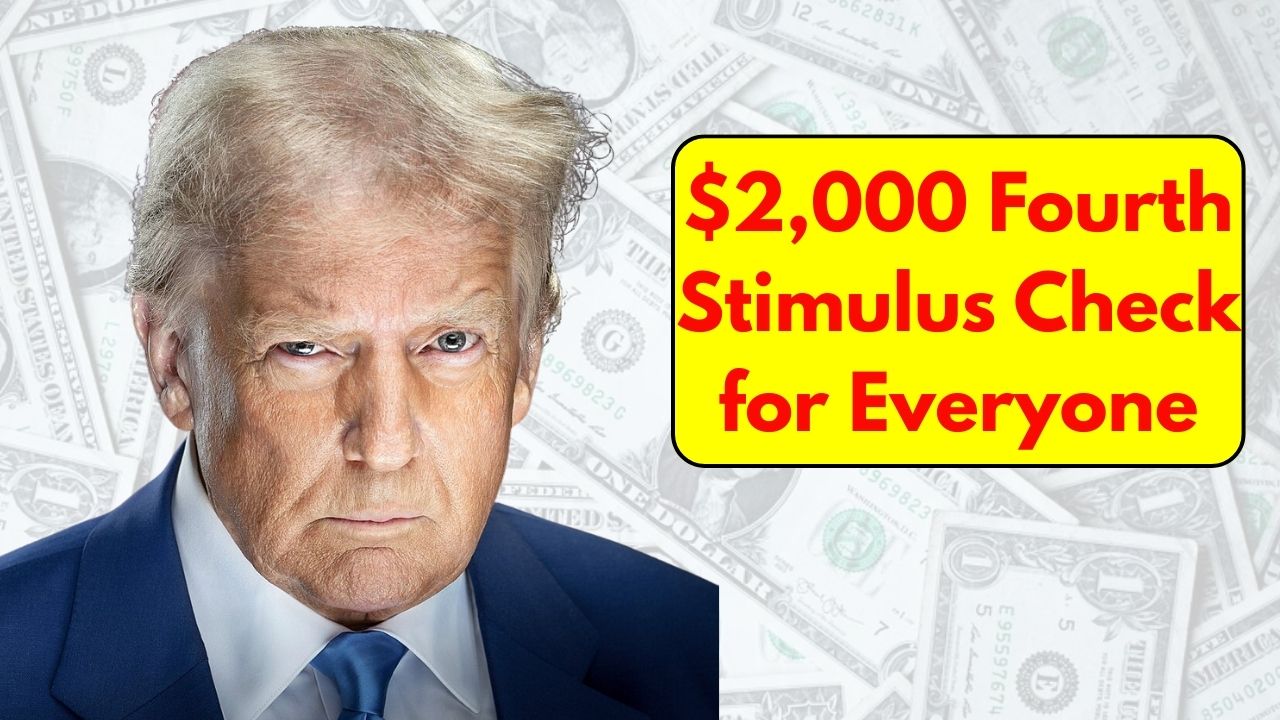
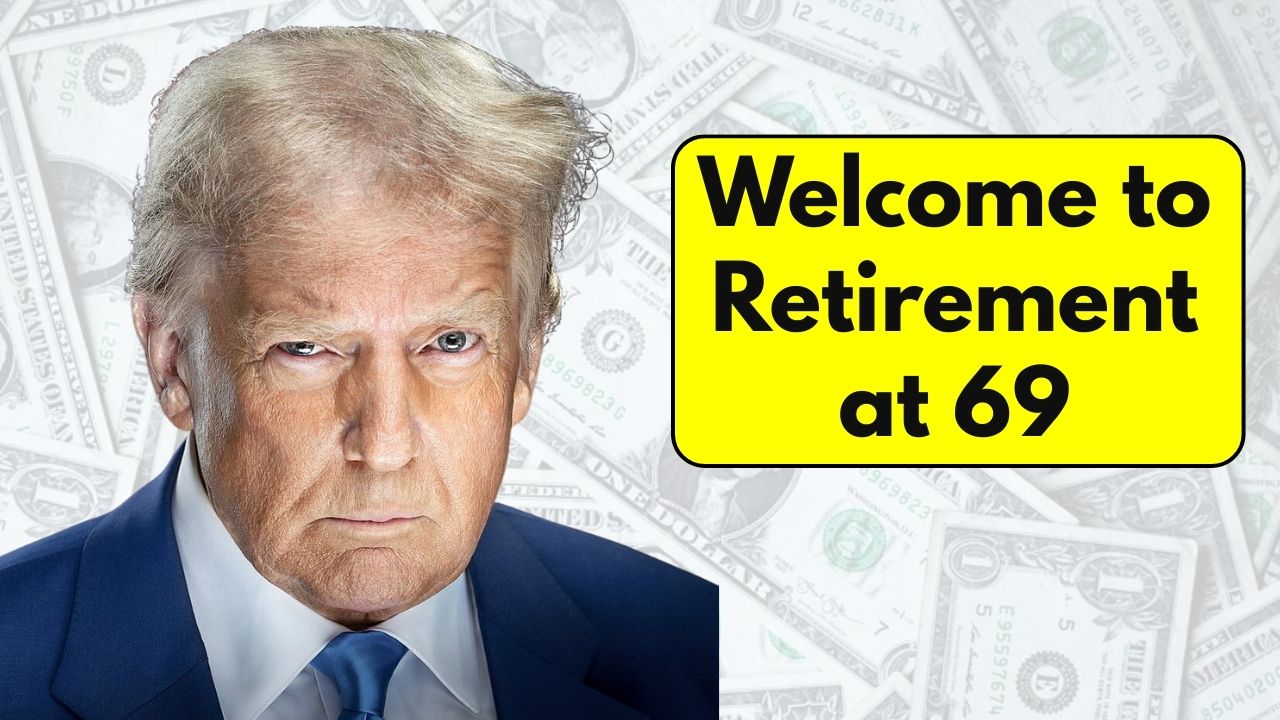
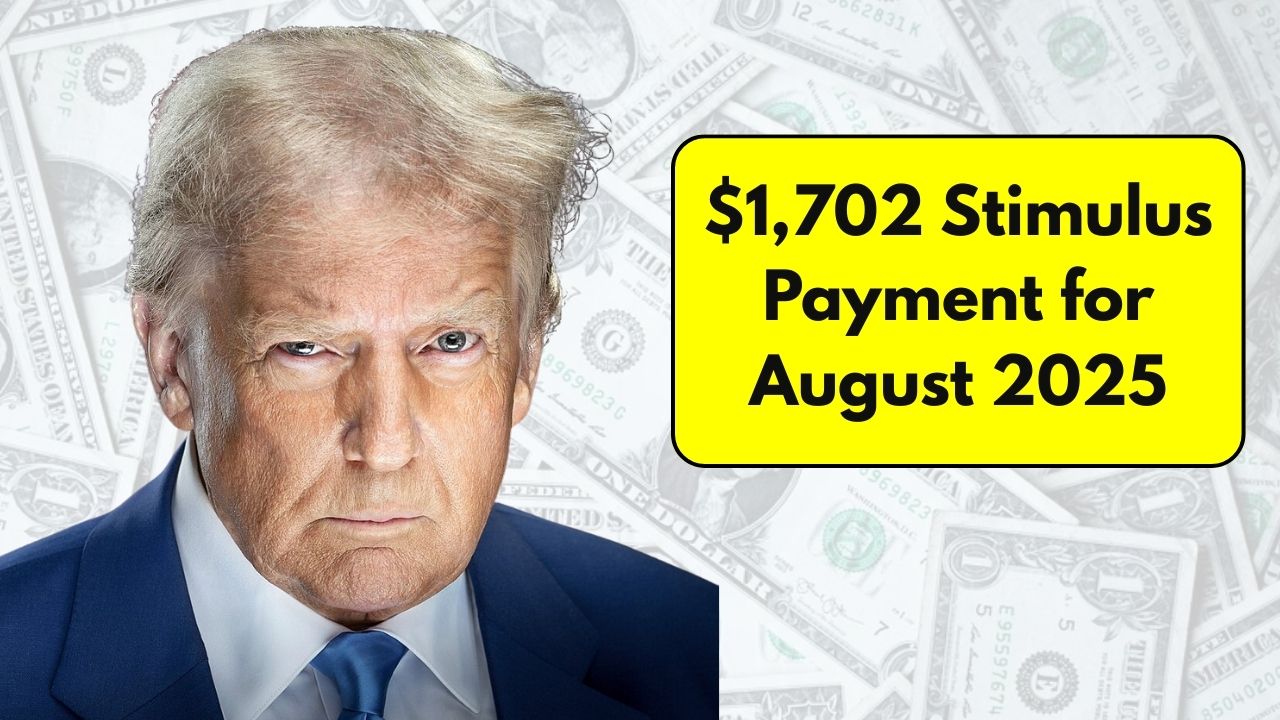
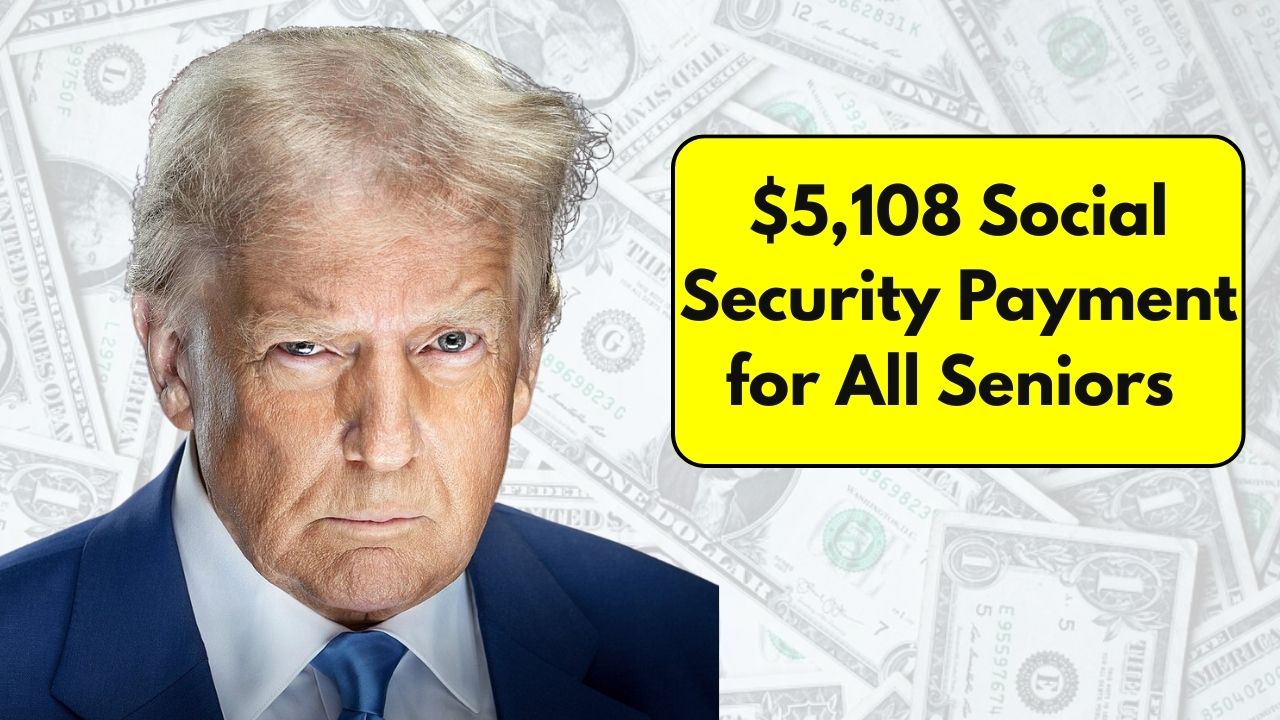
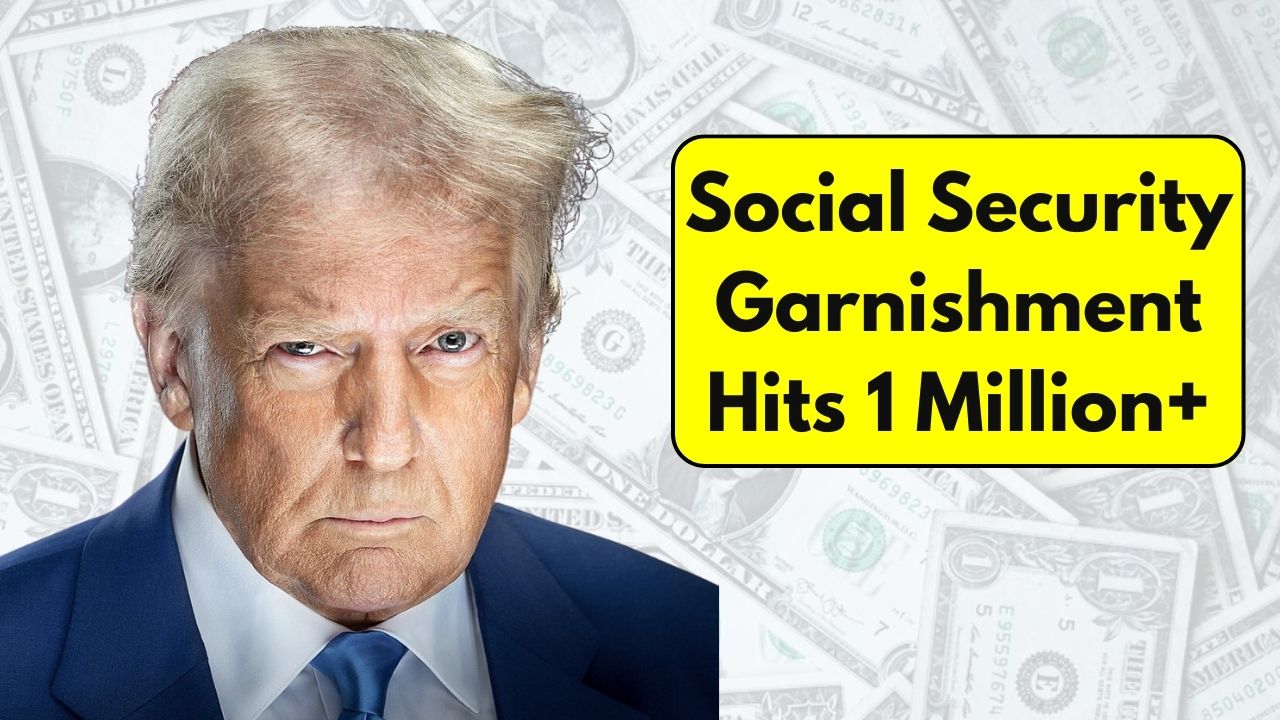
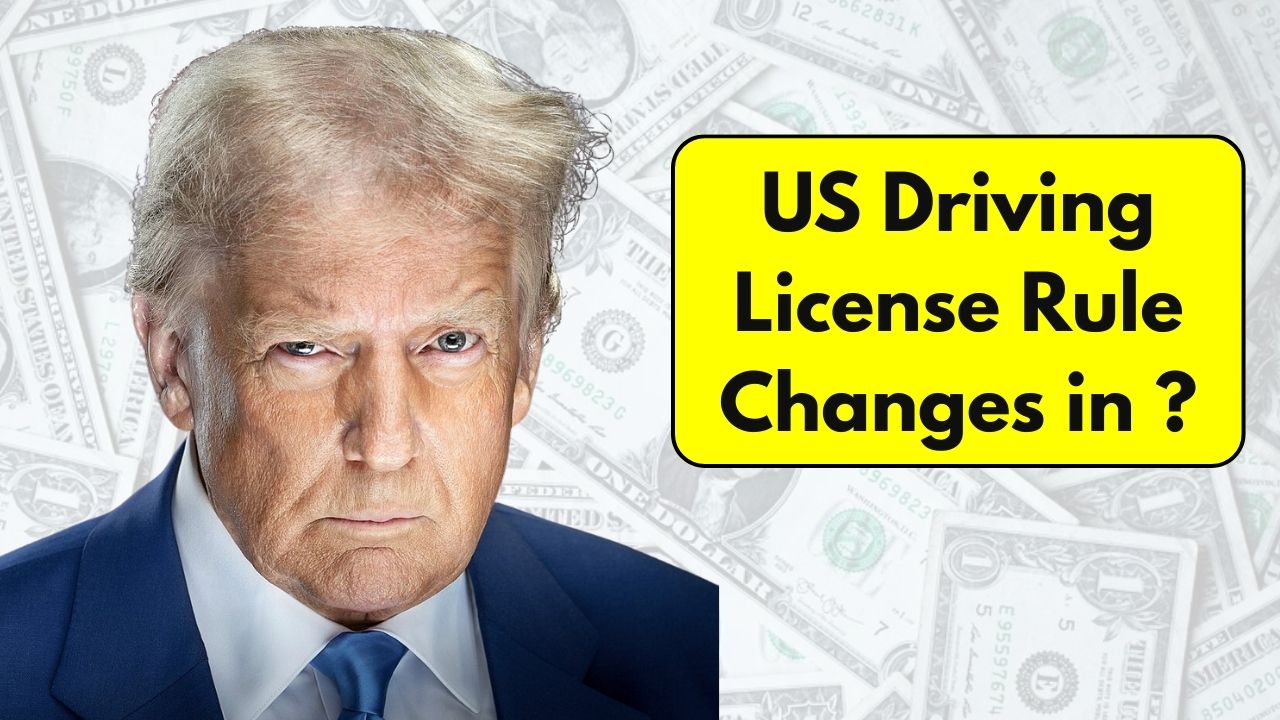
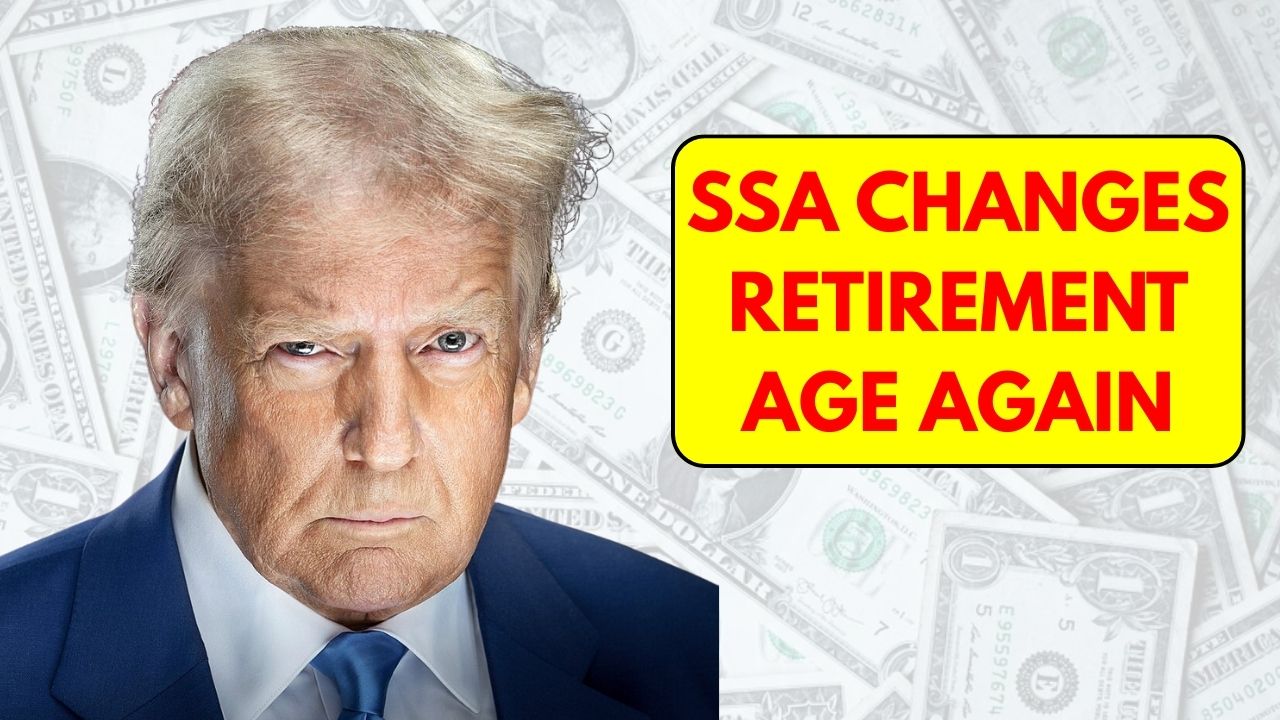

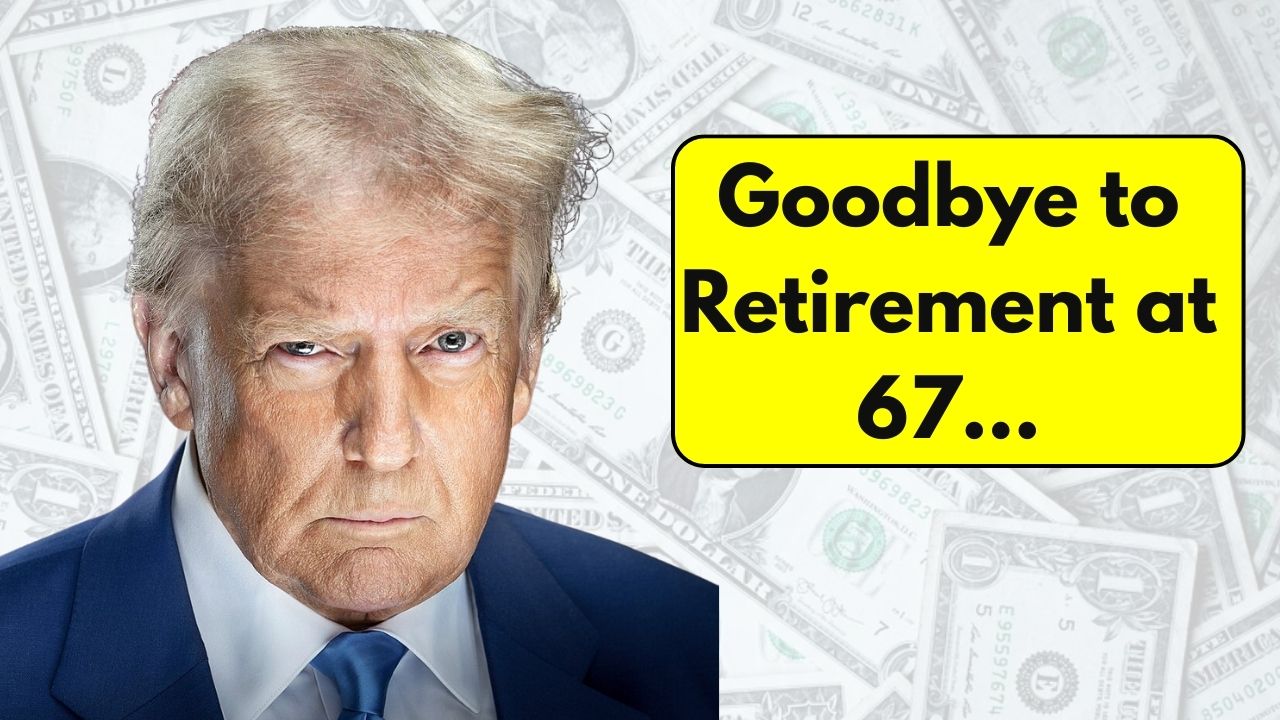
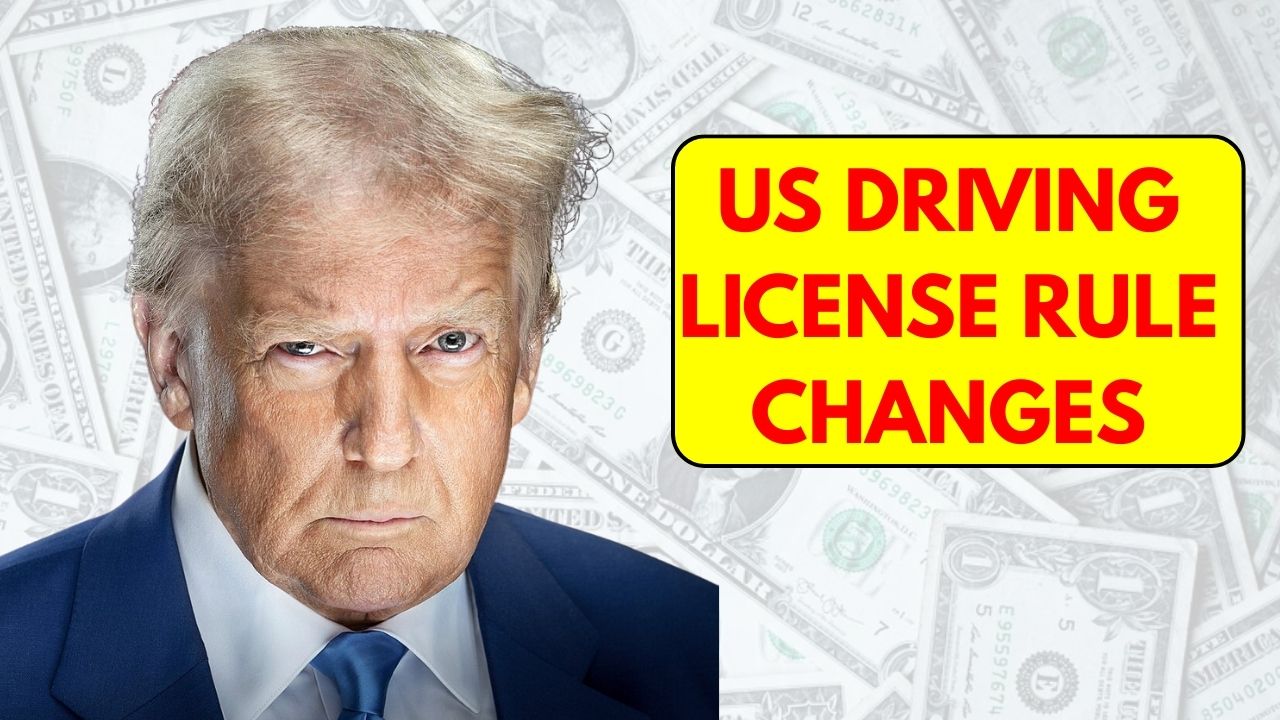
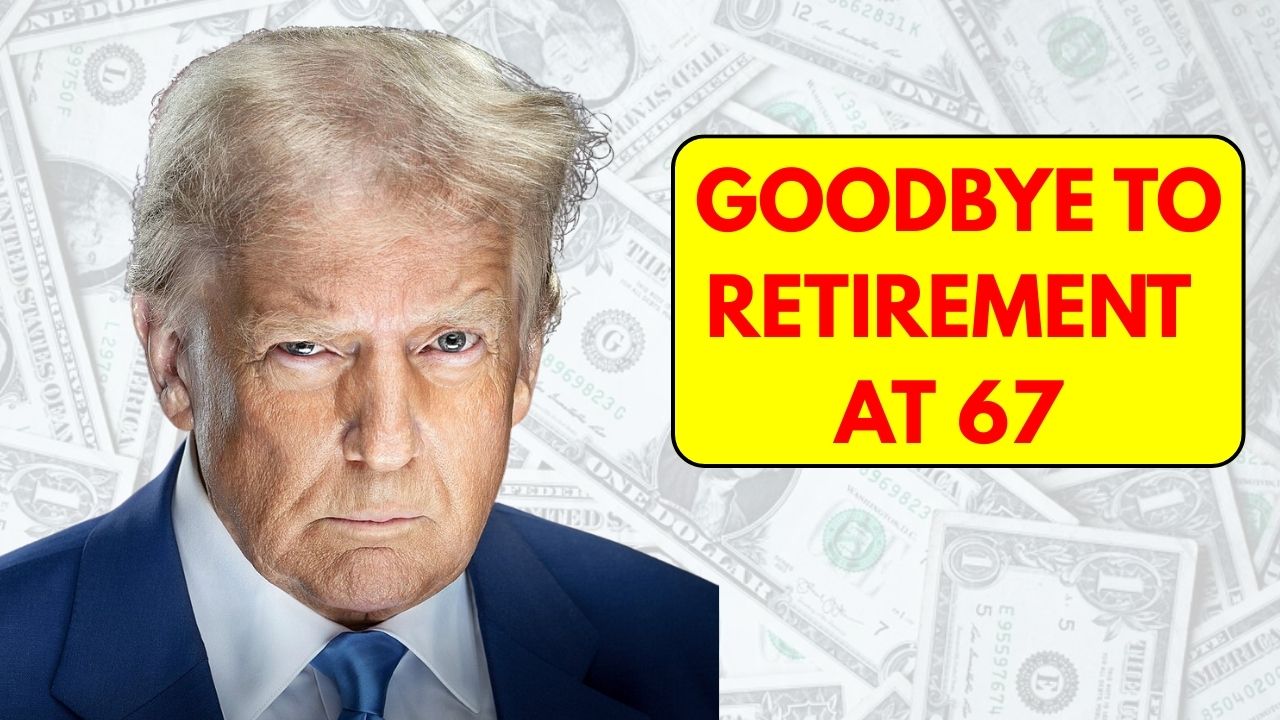
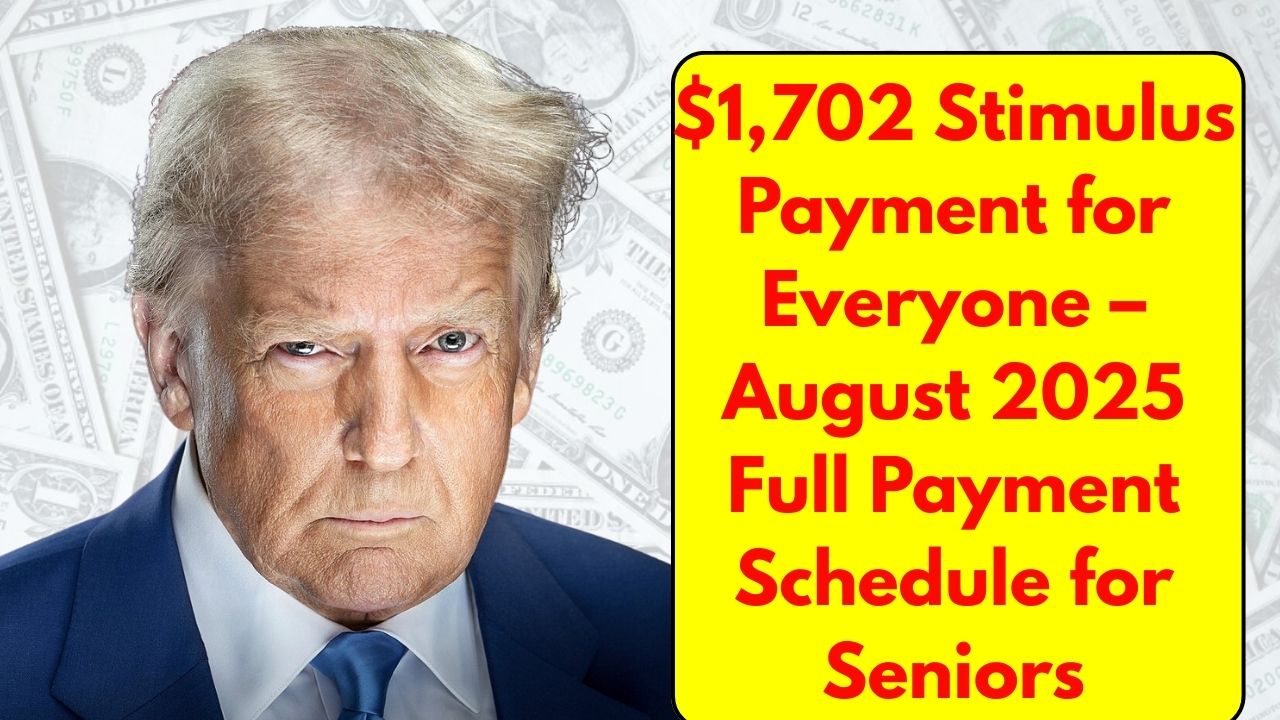
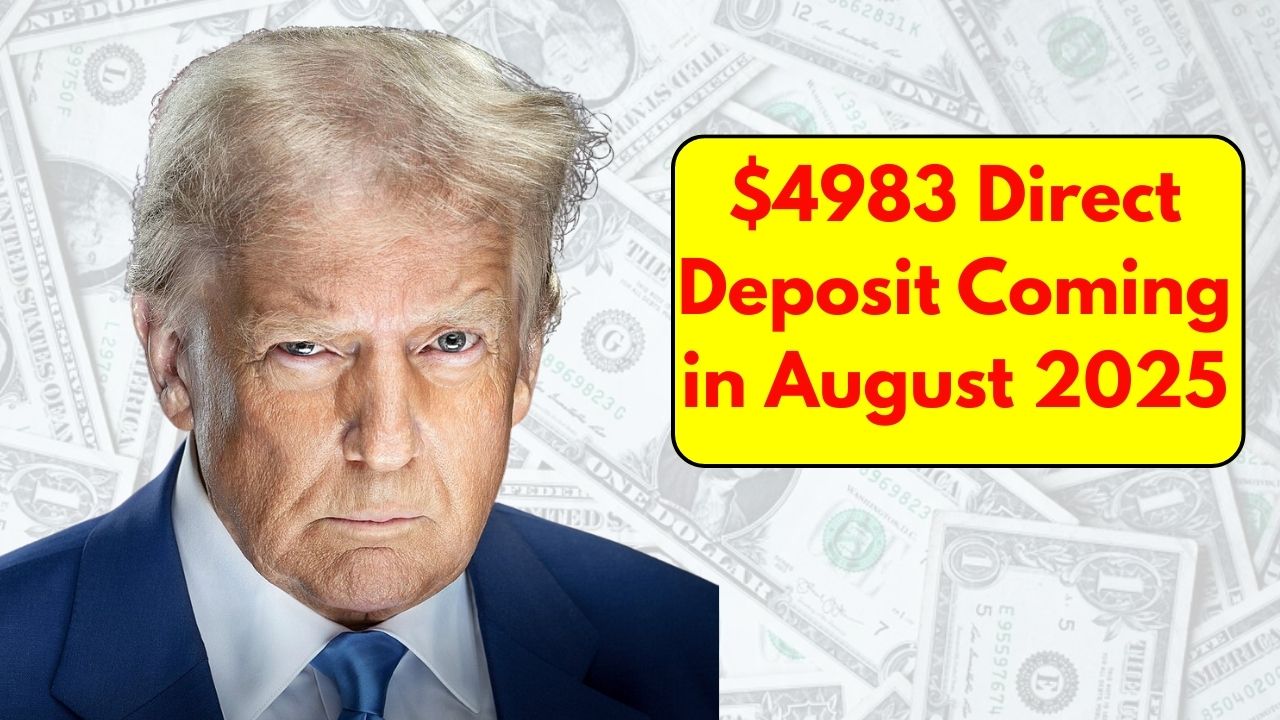

Leave a Reply